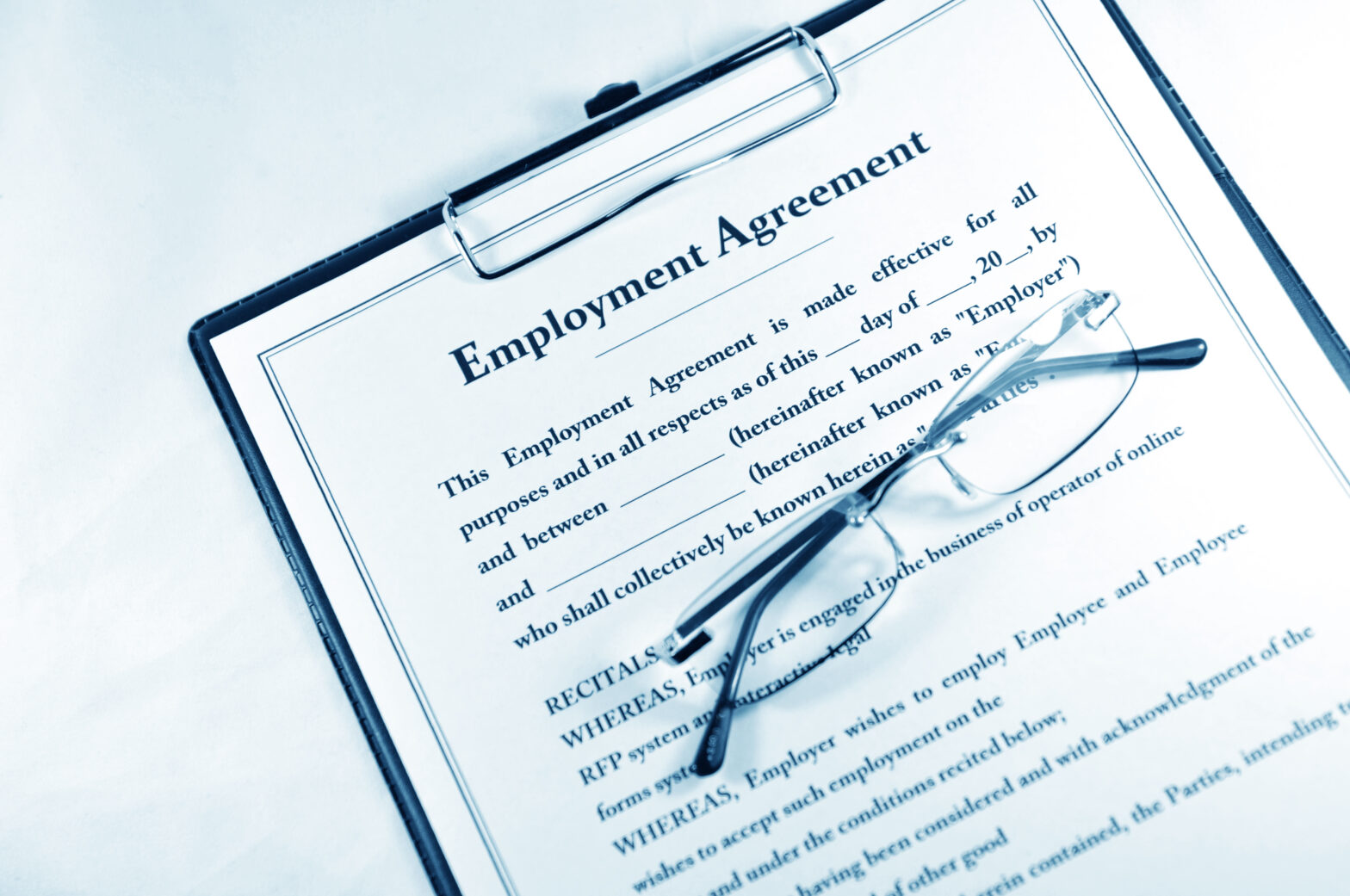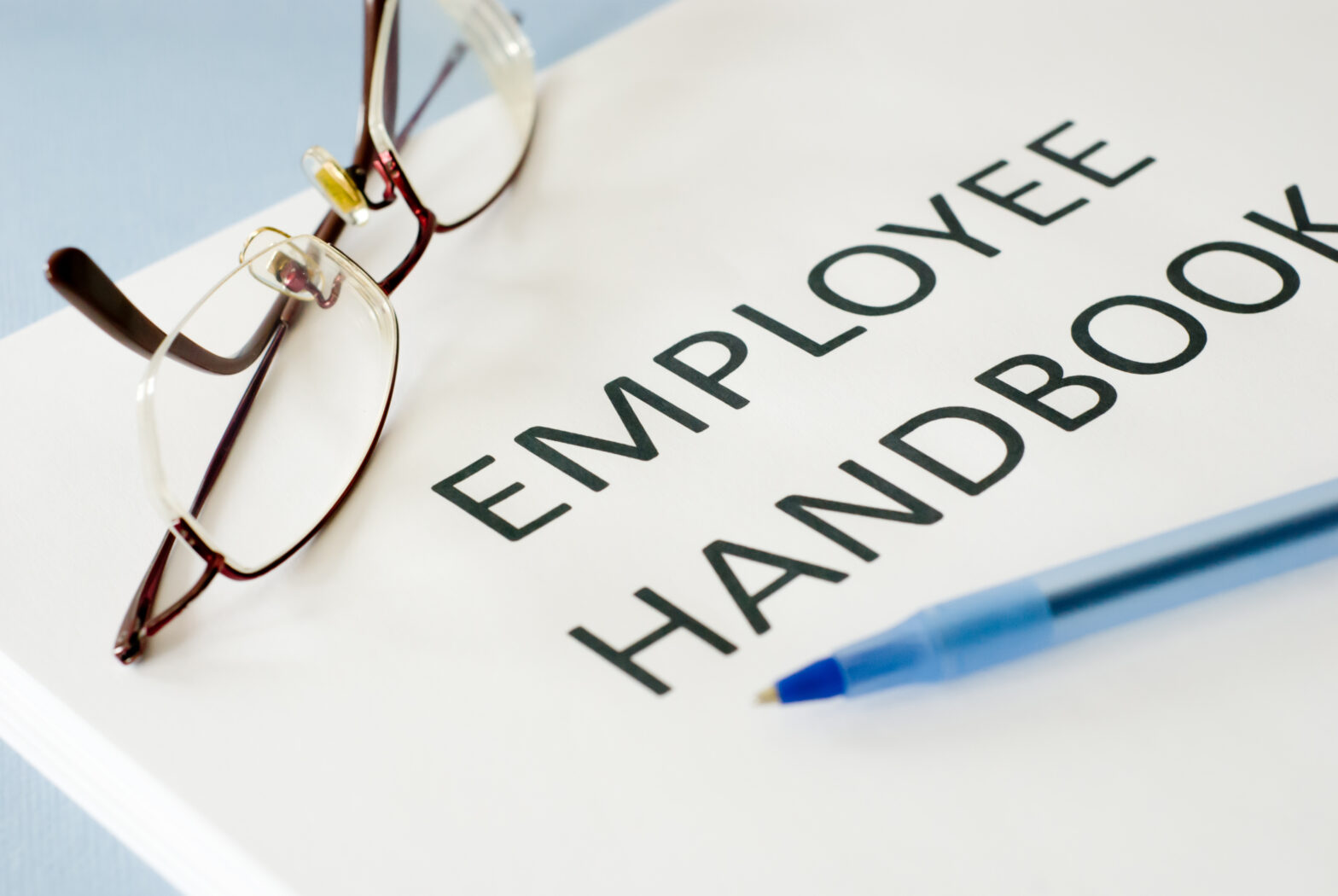The judgment
Few, if any, readers of this article will not know that employment tribunal fees have been abolished. However, no one knows what will happen next. Will the government introduce a revised fee regime? Will employment tribunals revive claims that were not brought because of the fees?
In 2011, one of the principal reasons for the fees provided by the government was that, like other services, employment tribunals should largely be funded by those who use the ‘service’.
The Supreme Court’s was scornful of that premise, saying, “The importance of the rule of law is not always understood. Indications of a lack of understanding include the assumption that the administration of justice is merely a public service like any other”. In other words, we all gain from the country’s justice system, not only those who bring claims.
Another reason given for the fees was that unmeritorious claims would be deterred, whereas strong claims would still be brought. That sounds very logical. However, the evidence seems to go against it – the success rate of claims has fallen. This suggests that the fees deter as many strong claims as weak claims, which is unfair.
However, the judgment does not criticise civil court fees. Instead, it points out that they are lower than employment tribunal fees for most claims, and they are structured in a manner that is proportionate to the value of the claim.
The judgment says that there is no dispute that fees can, in principle, be a justifiable way of making resources available for the justice system. However, fees will only be lawful if they are shown to be reasonably necessary and proportionate to the ends they are designed to serve, and to be set at a level that everyone can afford (taking into account the possibility of fee remission).
Basing its views on a January 2017 government review, the Supreme Court found that some potential claimants could not afford to bring their claims due to the fees. In addition, some low value claims are rendered pointless by the value of the fees. That meant the fees were unlawful.
In addition, these fees were found to be potentially discriminatory, as discrimination claims are in the more expensive category of claims.
Since the Supreme Court’s ruling, the government has published this paper. It doesn’t say whether it intends to introduce a revised fees regime. It does, however, note the administrative costs of introducing a revised system, which include the cost of drafting further legislation and the likely further litigation.
What should employers do?
Should employers be concerned about old claims, which didn’t move forward due to the fees, now being considered by the tribunals?
The short answer is yes. But the analysis is different for the various scenarios:
If a claim was submitted but rejected because the claimant didn’t pay the fee, we can expect the tribunal to revive the claim – it was rejected due to legislation that has been ruled to be void, so the rejection is likely to be rejected.
Employees may claim that at some point during the past four years they intended to bring claims, but couldn’t afford the fee so they decided not to. If they can prove that they couldn’t bring the claim because of the fee, then a tribunal may extend the time for bringing the claim. Each case will depend on its own circumstances, but employers should be prepared for this scenario.
What if an employer feels it can’t respond properly to a claim after all these years, for example because the personnel involved have moved on?
That could give rise to the argument that a fair hearing is no longer possible so time shouldn’t be extended, but each case will be different.
It may not all be bad news for employers. The government has already said it will repay fees paid by past claimants. If an employer lost a claim, it will have been ordered to pay tribunal fees to the claimant – it may be possible for employers re-reclaim those payments. We would advise that you review your records and compile evidence of any such payments made.
Related: What happens if your small business is taken to an employment tribunal?
An employer may also have paid tribunal fees to a claimant if it settled a claim. In that case, it may not always be obvious whether part of a settlement figure is directed towards tribunal fees and so there may be further factual and legal issues as to whether the employer will be reimbursed.
Finally, remember that there have always been proactive ways to defend claims with a view to saving costs:
- The threat of costs: if a claim has no reasonable chance of success, the tribunal must consider whether to order costs against the claimant. Similarly, if a litigant acts unreasonably during the litigation, the tribunal must consider costs – lying when giving evidence is a prime example of unreasonable behaviour. If the employer has a very strong case, it is often sensible to write to the claimant explaining the intention to apply for costs after the final hearing – this is known as a costs warning.
- If a claim has no reasonable chance of success, you can apply for it to be struck out.
- If a claim has little chance of success, you can apply for a ‘deposit order’ of up to £1,000, with the amount depending on the claimant’s means. This deposit order may go towards payment of the respondent’s costs. Therefore, after successfully obtaining a costs order, it is often wise to send a costs warning to the claimant they quite often result in the claimant withdrawing the claim.
There are arguments for and against employment tribunal fees. If they deterred no meritorious claims and all unmeritorious claims, most people would support them. Their effect turns out to be less ethical. There are, however, more and less efficient ways of defending claims. Strategic thinking can still deter unmeritorious claims.
Raphael Prais, employment specialist at LHS Solicitors








